Hummel figurines were hugely popular just a few short decades ago. While they might not be quite as much of a household name to younger generations, the cute mini statues still hold an emotional place for those of us who remember their rise to popularity.
These figurines are all of adorable little children, pretty much being innocent and pure. They are all handcrafted and hand-painted by artists.
The figurines are made by putting together individual pieces that come from molds. They are then painted, fired, and distributed.
Do you have any of these adorable figurines in your home? Maybe you have been keeping them safe over decades, hoping to reap a profit with one big sale. Maybe you've got some stored away in your attic or basement, and you finally want to bring them out again.
These 10 facts about Hummel figurines will help you understand where they came from, what you should do with your collection, and where they stand in the collectors' market today.
Did you know any of these things about Hummel figurines?
Please SHARE with your family and friends on Facebook!
1. "Adventure Bound" Is The Most Valuable Hummel Figurine
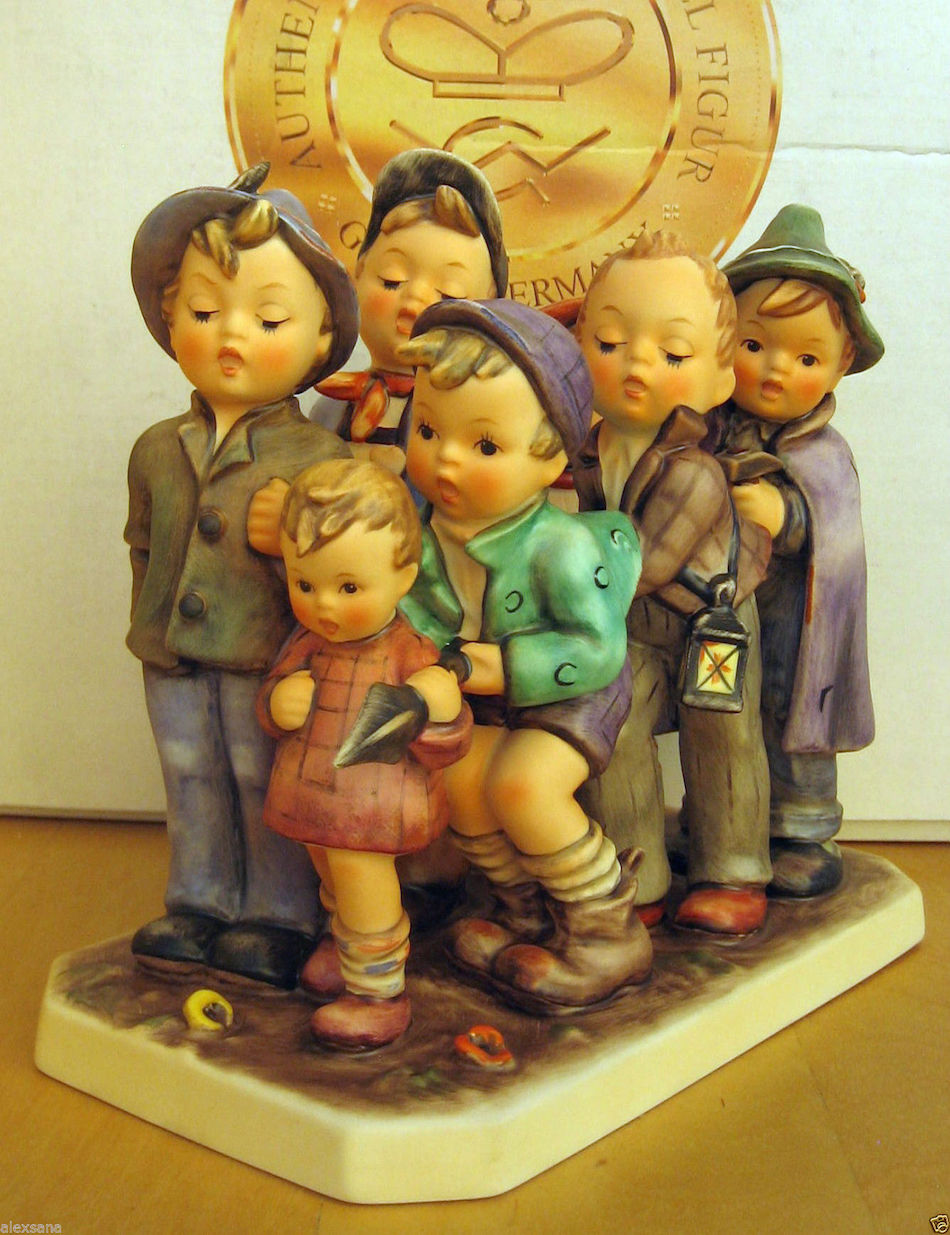
With a suggested retail price of $4,900, this 7.5-inch figurine is quite the find. However, while that is the suggested value, you would be lucky to sell this figure for a bit over $1,000, realistically.
2. They're Based On A Nun's Illustrations
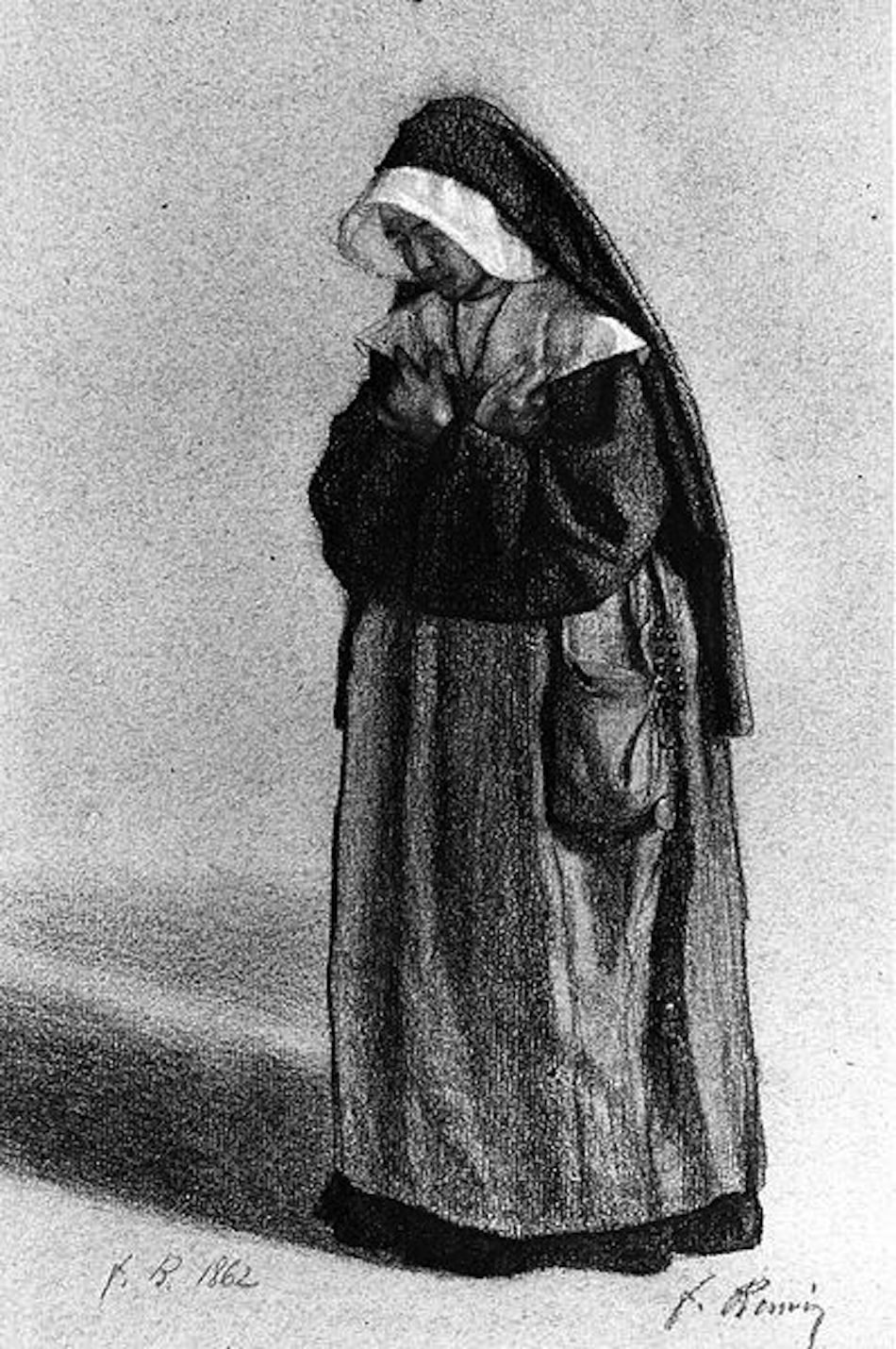
Sister Maria Innocentia Hummel began drawing pastoral images of children during the 1930s. The drawings became popular designs for postcards, and they caught the attention of a porcelain maker, Franz Goebel, who put out the first line of the figurines in 1935.
3. The Largest Collection Is In Illinois
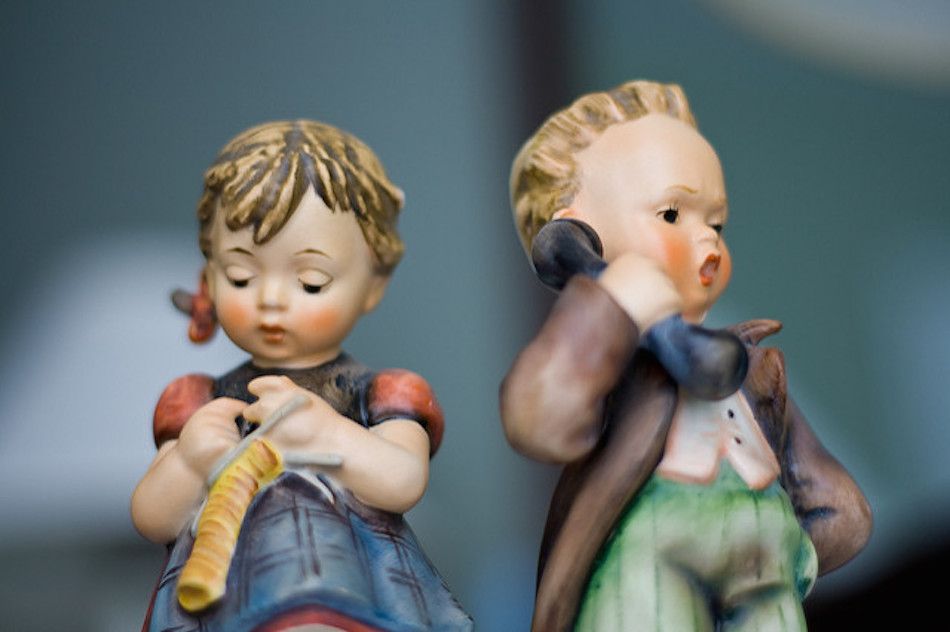
The entire collection at the Donald E. Stephens Museum of Hummels in Rosemont, Illinois, was donated by a former mayor of the town, Donald Stephens.
4. World War II Popularized The Figurines
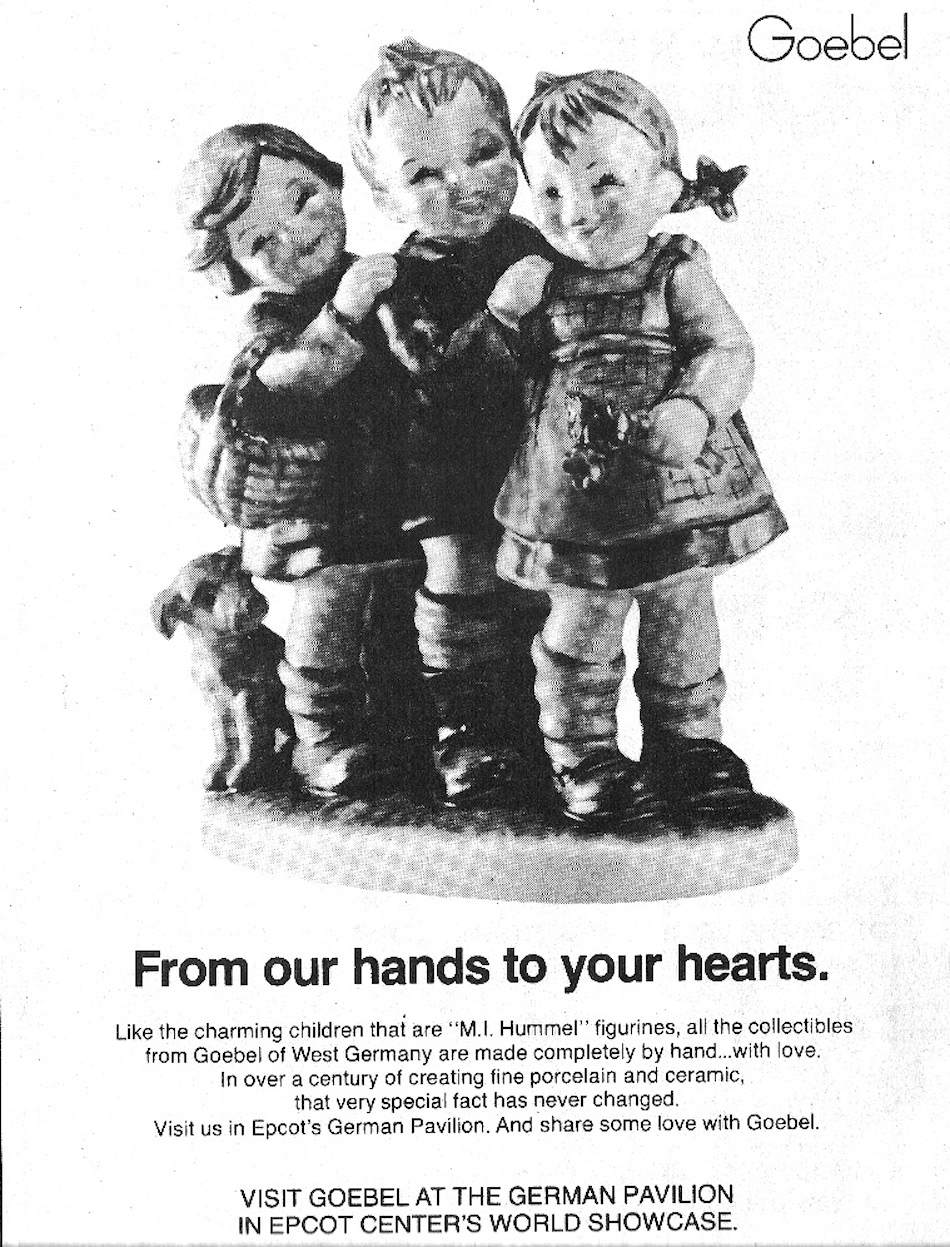
At the end of the war, American soldiers stationed in West Germany sent the figurines to their families, and the nostalgia surrounding this tradition kept the popularity up.
5. The Trademark Logo Can Make A World Of A Difference
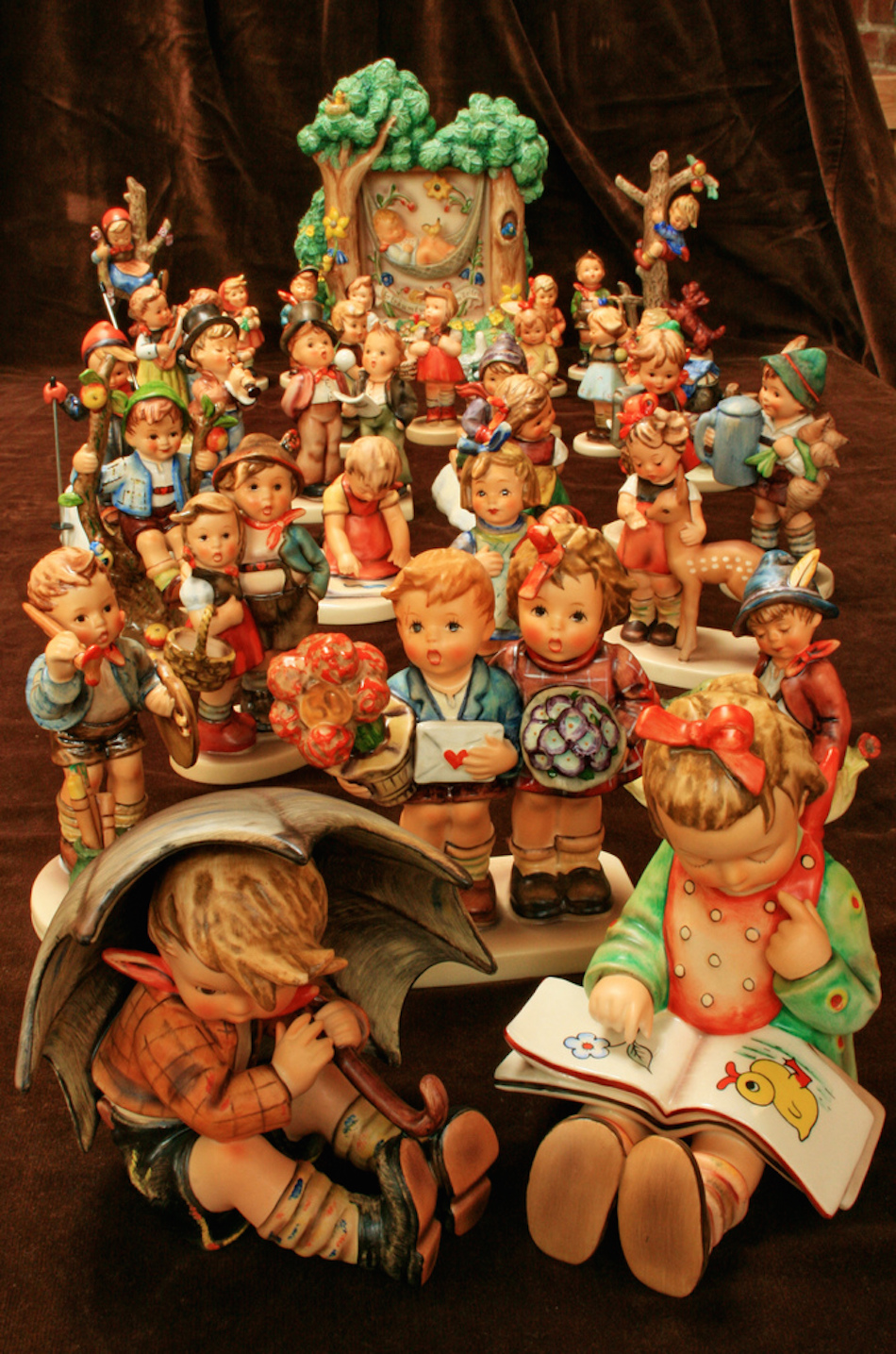
Depending on which trademark symbol is on the bottom of your figurine, the price can vary a whole lot. The symbol varied over the years, and depending on how old your particular figurine is, the value will fluctuate. But it's easy to determine the year each one was made by checking out the symbol!
6. Production Switched Companies In 2008
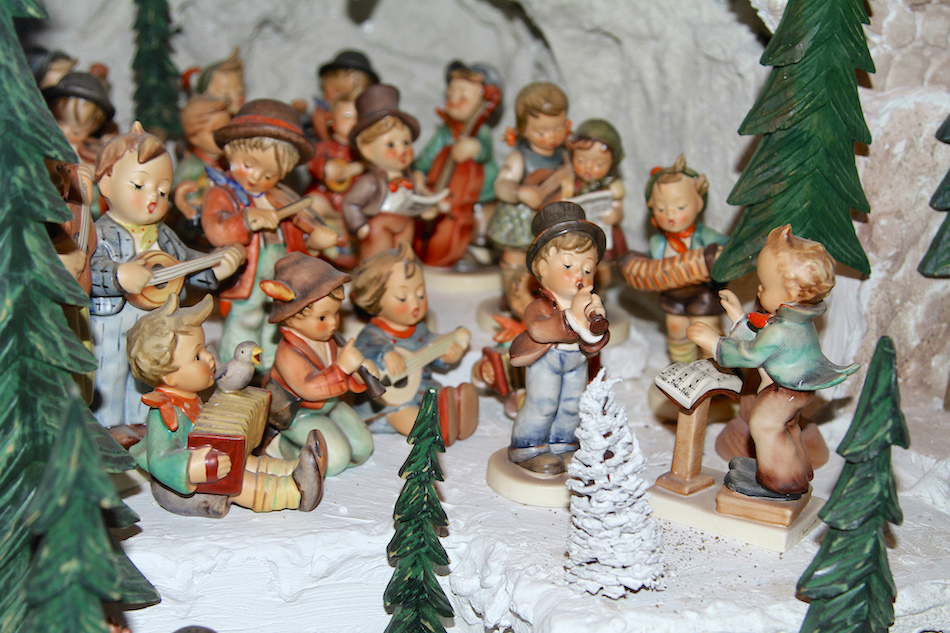
Goebel stopped producing the figurines in 2008, but more figurines continue to be made by a new company, Hummel Manufaktur GmbH.
7. All Figurines Have One Hole
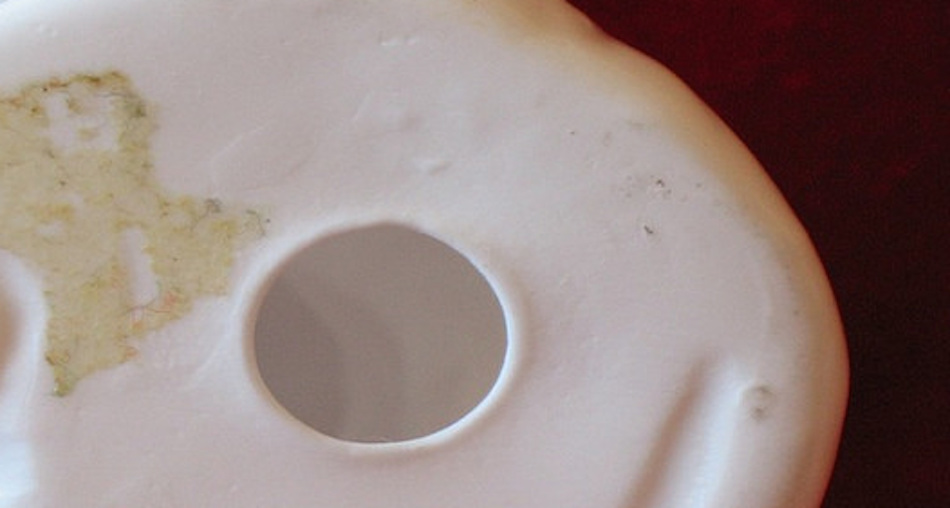
All the porcelain Hummel figurines have to have a hole in them to allow air to escape during the firing process. If there was no hole, the porcelain would explode.
8. Prices Surged In The '70s

In recent years, the cost of Hummel figurines has dropped dramatically. But this is largely in contrast to a surge in prices around the 1970s. Fortunately for those looking to purchase today, figurines that used to go for hundreds of dollars are now being sold for less than $50, usually.
9. You Can Reverse Oxidation
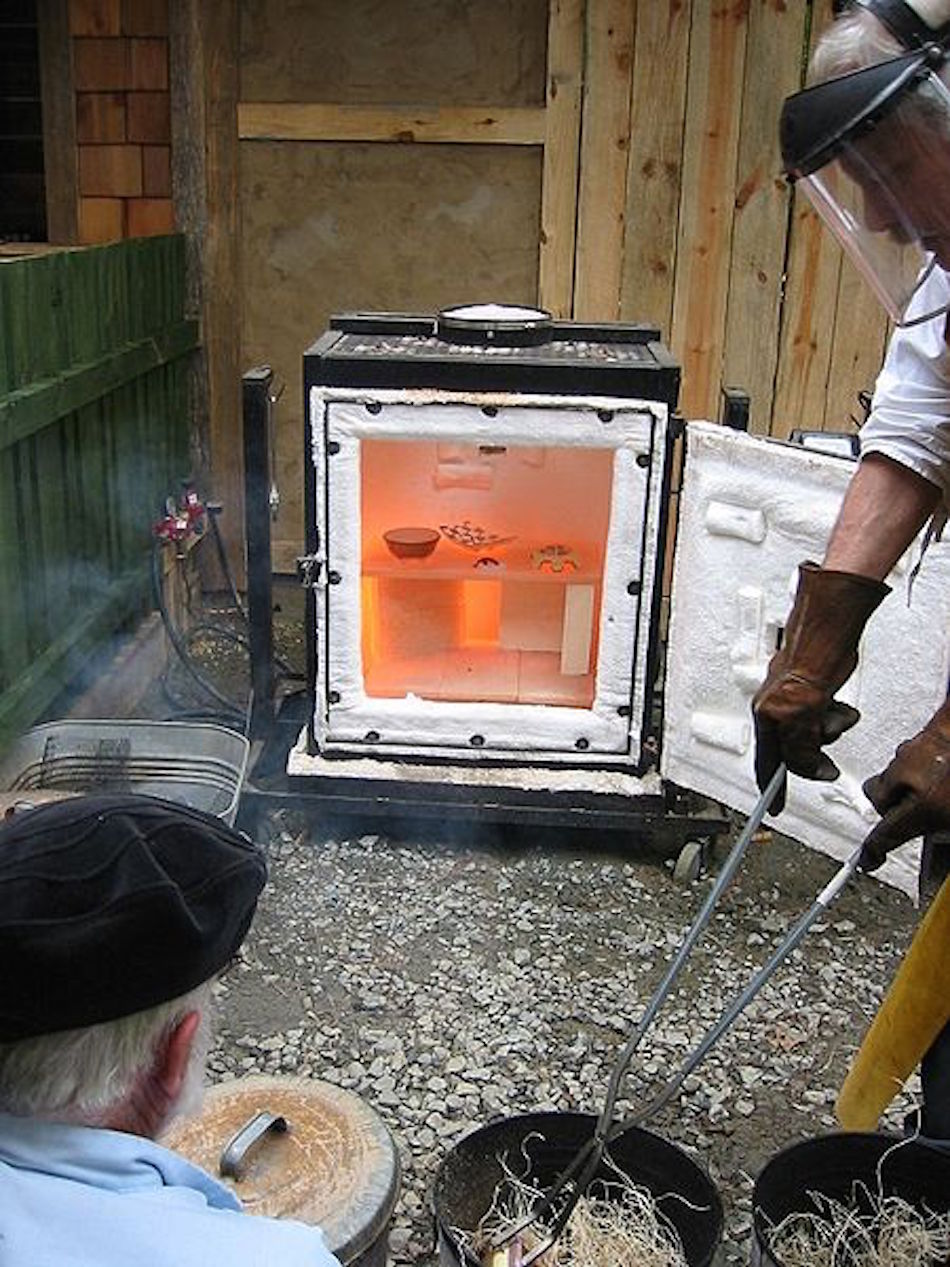
If your figurine has silvery spots on it, that's just the glaze reoxidizing due to exposure to too much moisture. You can hunt down a professional to refire it for you and it should be good as new when you pick it up!
Then you should make sure to store your figurines in a cool, dry place as to prevent further damage. A china cabinet in a cool, dry room will do just fine. Just don't keep them exposed in a musty basement below the equator.
10. Betty Ford Collected Them

Former first lady Betty Ford had a whole cabinet full of these figurines, just like so many other folks across America who found these little porcelain children to be irresistibly adorable.
Do you have a Hummel figurine collection? Please SHARE with your family and friends on Facebook!




